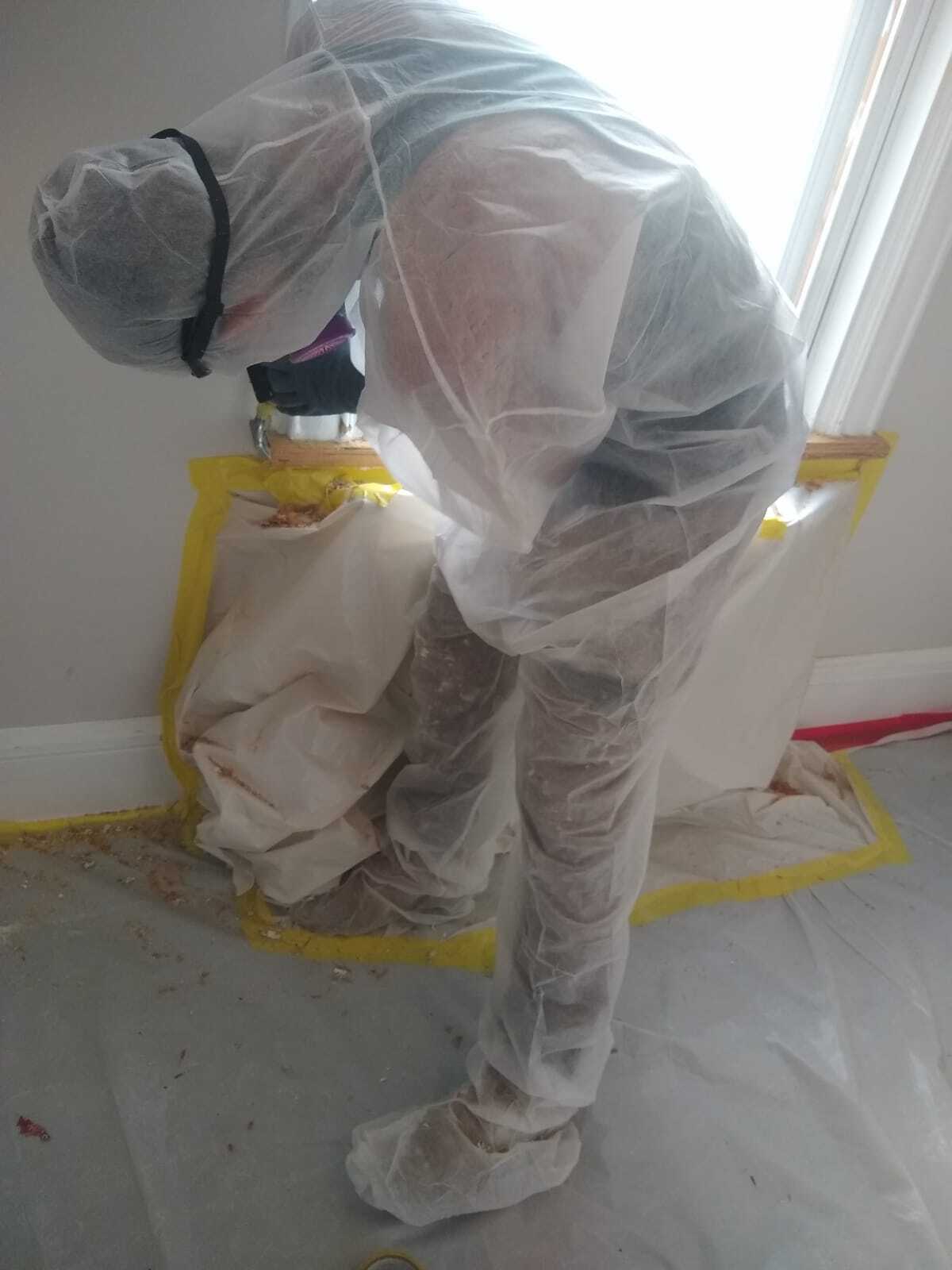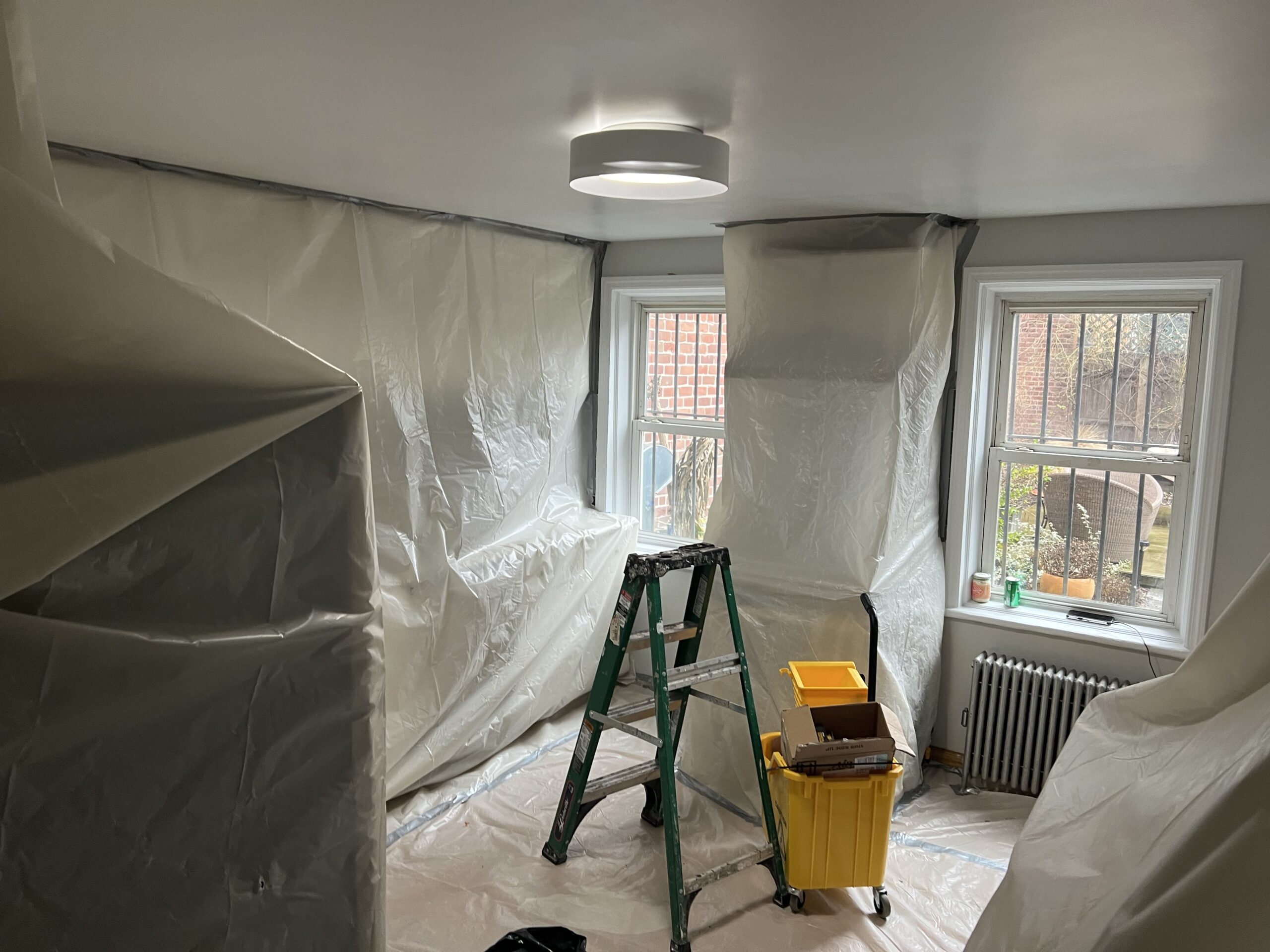DOH & HPD Lead Violation Removal NYC-- Professional Services for Compliance
DOH & HPD Lead Violation Removal NYC-- Professional Services for Compliance
Blog Article
Comprehensive Overview on Effective Lead Infraction Elimination Techniques
In the realm of ecological security, dealing with lead offenses demands a precise and structured strategy. This detailed guide begins by highlighting the essential initial actions of identifying lead hazards through sophisticated assessment and screening techniques. The overview specifies on the value of sticking to strict safety procedures during the removal procedure, consisting of the usage of correct PPE and separating affected locations.
Identifying Lead Hazards
Identifying lead threats is a critical initial action in minimizing the dangers related to lead direct exposure. Lead, a poisonous metal, can be present in different environmental mediums, including paint, soil, water, and dirt. It postures severe wellness risks, specifically to kids and expecting females, resulting in neurological damages and developing delays. Accurate identification of possible lead sources is vital for effective remediation.
The initial stage in determining lead dangers includes comprehending common lead sources within the developed setting. Frameworks constructed prior to 1978 are especially prone because of the common use lead-based paint during that period. Additionally, soil contamination can occur from deteriorating exterior paint, industrial exhausts, or historic usage of leaded gasoline.
Another significant source is lead piping and pipes components, which can leach introduce drinking water. Durable goods such as toys, porcelains, and imported items may also include damaging lead levels. Notably, work atmospheres and hobbies entailing lead can track impurities into homes.
Assessment and Screening
When resolving lead dangers, effective assessment and screening are vital. This vital step makes certain the recognition and quantification of lead visibility, consequently directing subsequent removal efforts. Initial analysis usually involves an aesthetic inspection to recognize prospective lead sources, such as wearing away paint or polluted dirt. This is matched by even more extensive screening approaches to identify the degree of contamination.

Dust wipe tasting is an additional vital strategy, particularly in domestic settings. By collecting samples from floors, windowsills, and various other surface areas, this approach provides insights into prospective exposure dangers. Soil testing around building perimeters is important to spot lead contamination that can present dangers, especially to children.
Safe Elimination Treatments
Upon completing comprehensive analysis and screening, implementing safe elimination treatments is the following important phase in resolving lead threats. This procedure makes sure that lead-contaminated products are efficiently and safely eradicated, decreasing threat to both employees and look at more info citizens. The primary step involves separating the afflicted area making use of plastic bed linen and appropriate sealing strategies to prevent the spread of lead dust.
Employees need to don appropriate individual protective tools (PPE), consisting of respirators, gloves, and non reusable coveralls, to alleviate direct exposure. Utilizing specialized tools and damp methods, such as damp sanding or using HEPA-filtered vacuum cleaners, decreases the dispersion of lead fragments. It is vital to prevent completely dry sanding or abrasive blasting, as these methods can produce hazardous lead dirt.
Garbage disposal is another essential component; all infected materials need to be securely gotten and labeled according to EPA and regional regulations. In addition, comprehensive cleansing of the workspace with HEPA vacuum cleaners and wet cleaning ensures the elimination of recurring lead fragments.
Post-Removal Verification

Confirmation of successful lead removal, known as post-removal verification, is crucial to make certain the safety and security and habitability of the remediated location. This inspection guarantees that all recognized sources of lead have been resolved and that no noticeable indicators of contamination remain.
Adhering to the aesthetic inspection, ecological tasting is performed. This includes gathering dust, soil, and sometimes water examples from the remediated area. Recognized labs analyze these examples to gauge lead degrees, ensuring they fall listed below the security thresholds developed by governing bodies such as the Epa (EPA)
On top of that, air top quality screening may be performed to identify air-borne lead bits, specifically in instances where substantial lead-based paint removal or renovation has actually happened. The results of these examinations offer quantitative information verifying that the lead levels are within permitted limitations.
Ultimately, post-removal confirmation serves as a crucial checkpoint, confirming the straight from the source efficiency of the lead abatement initiatives and safeguarding the wellness of passengers and visitors.
Precautionary Steps and Upkeep

A crucial safety net includes making use of lead-safe licensed professionals for any kind of remodelling, fixing, or painting tasks. These specialists are learnt techniques that minimize lead dust and particles. Additionally, preserving coloured surfaces to prevent damaging or peeling is vital, as wearing away paint can release lead bits right into the atmosphere.
Educational initiatives targeting residential property owners and lessees concerning the risks of lead and the relevance of reporting any potential dangers can even more enhance preventive initiatives. Regular cleaning utilizing HEPA vacuum cleaners and damp wiping strategies can considerably minimize lead dirt buildup.
Verdict
In summary, reliable lead infraction elimination demands a thorough method including comprehensive evaluation, accurate screening, and strict removal procedures. Ongoing examinations and upkeep are important to minimize future lead risks, consequently protecting public health and wellness and ensuring continual compliance with governing requirements.
Report this page